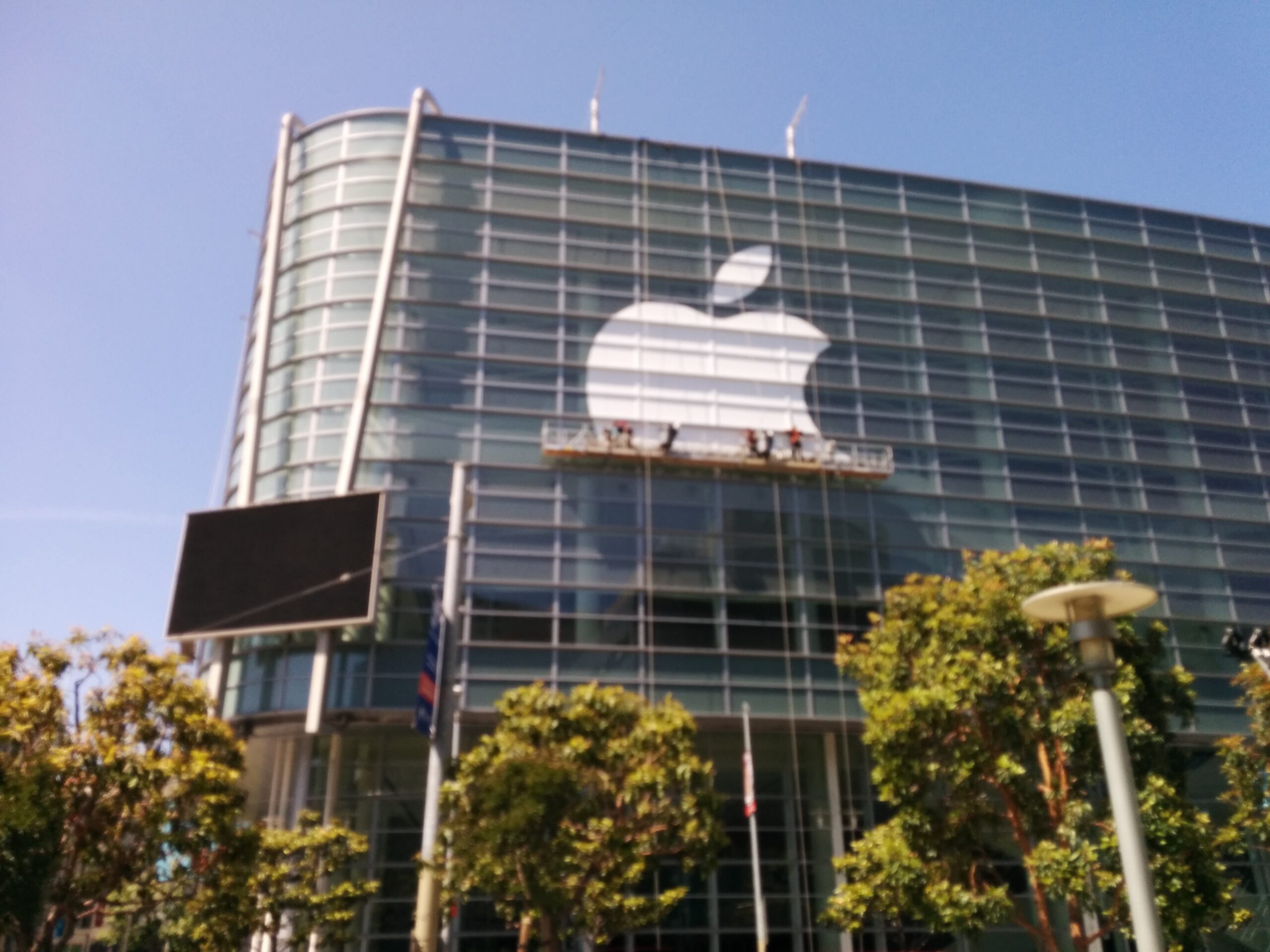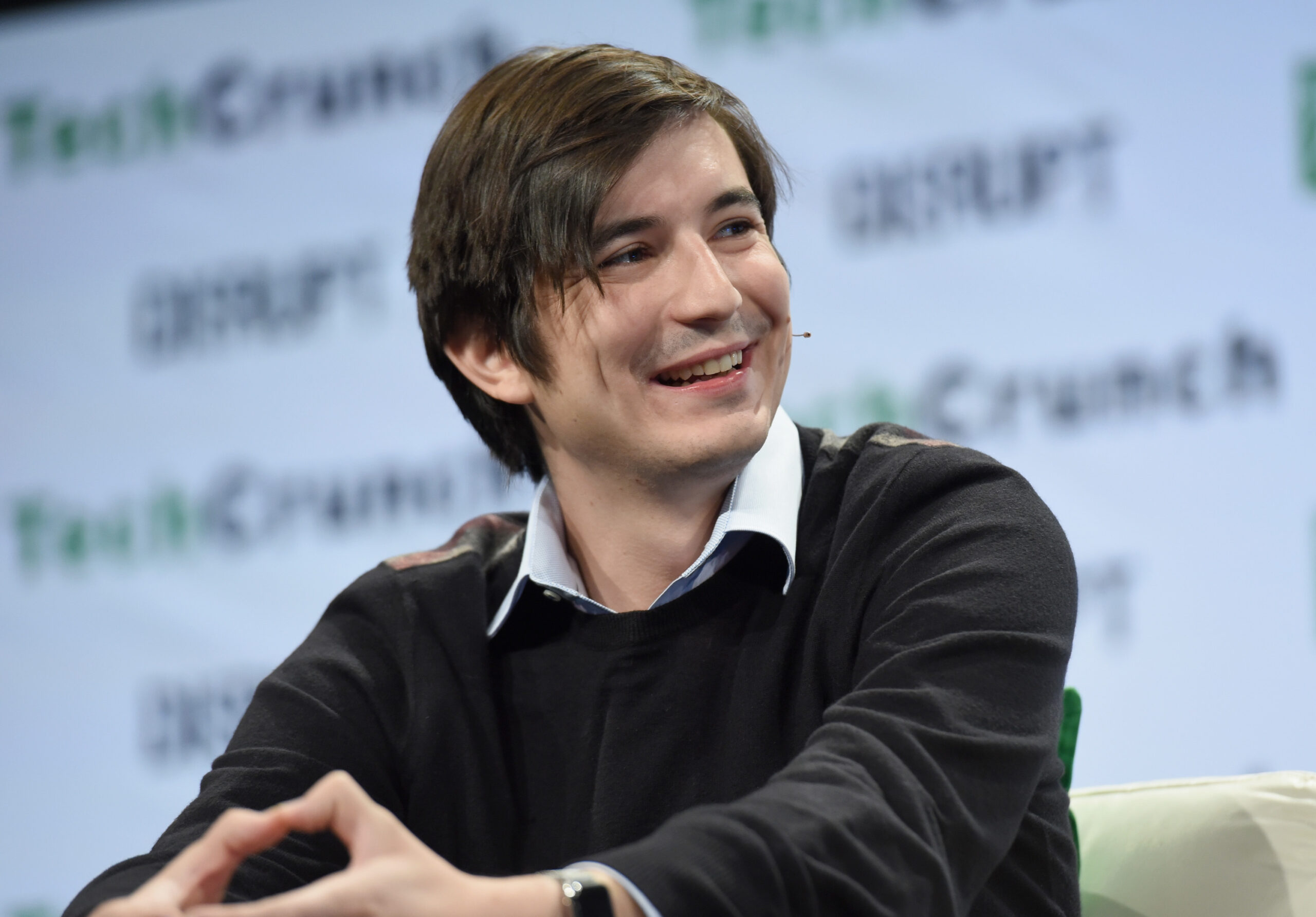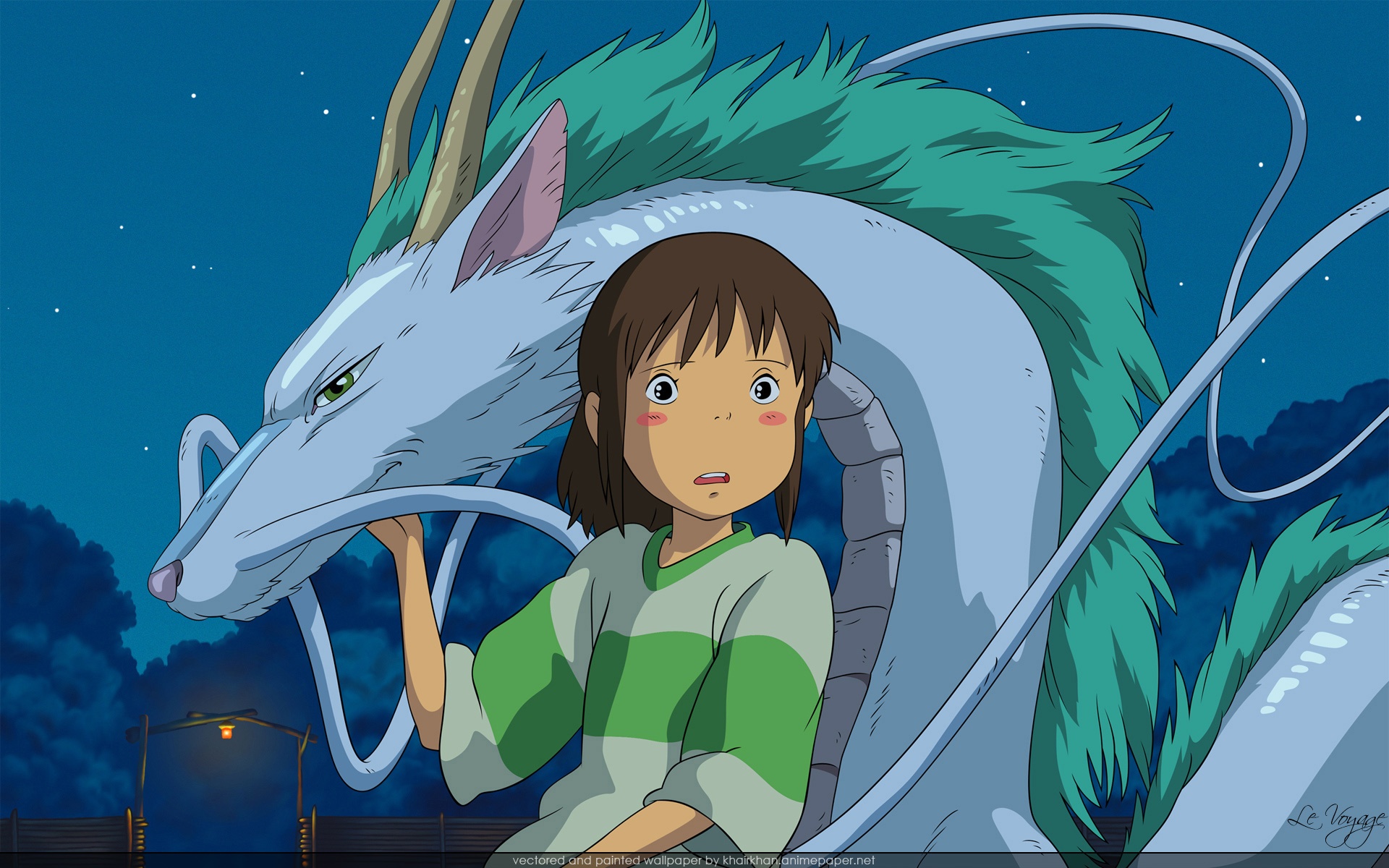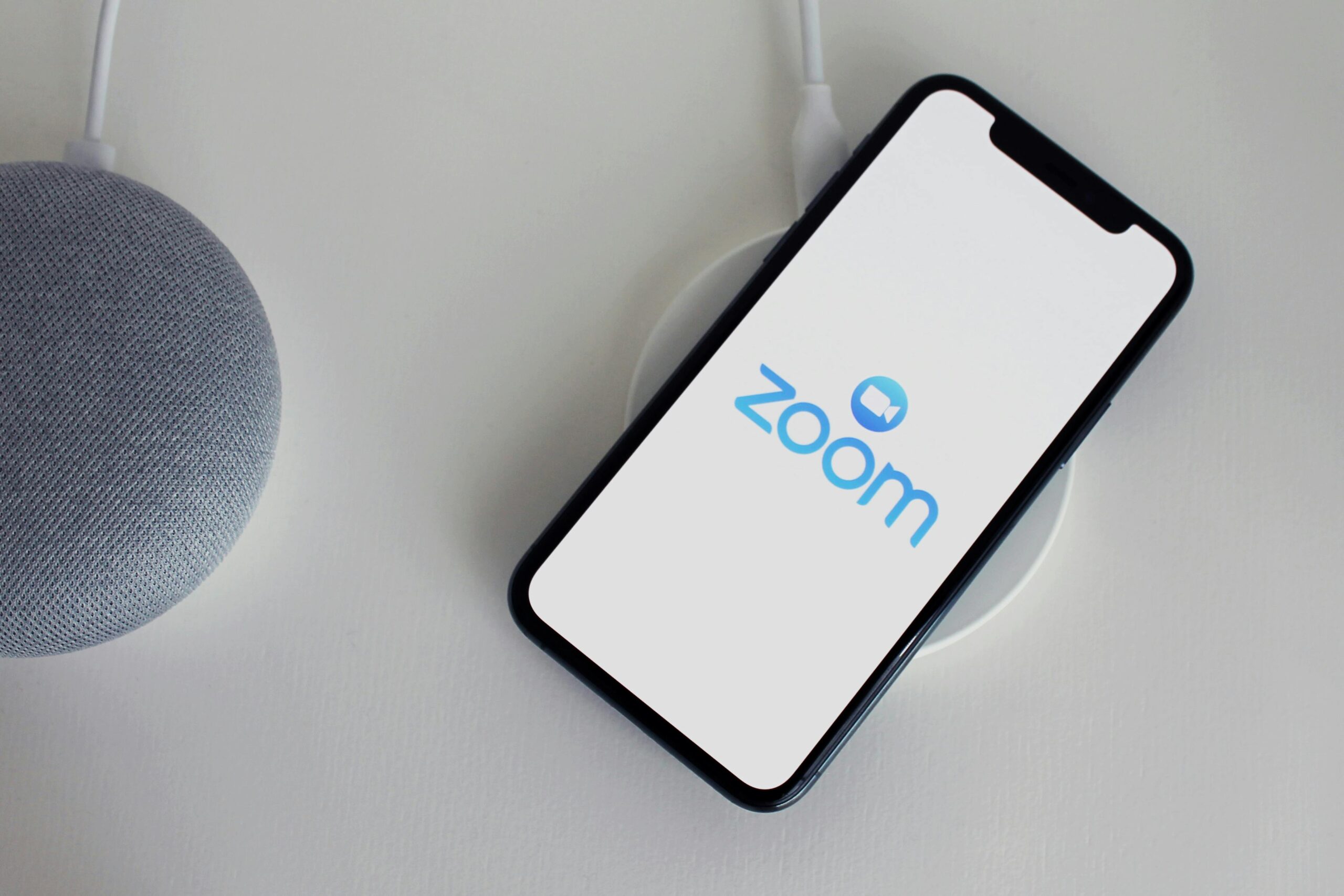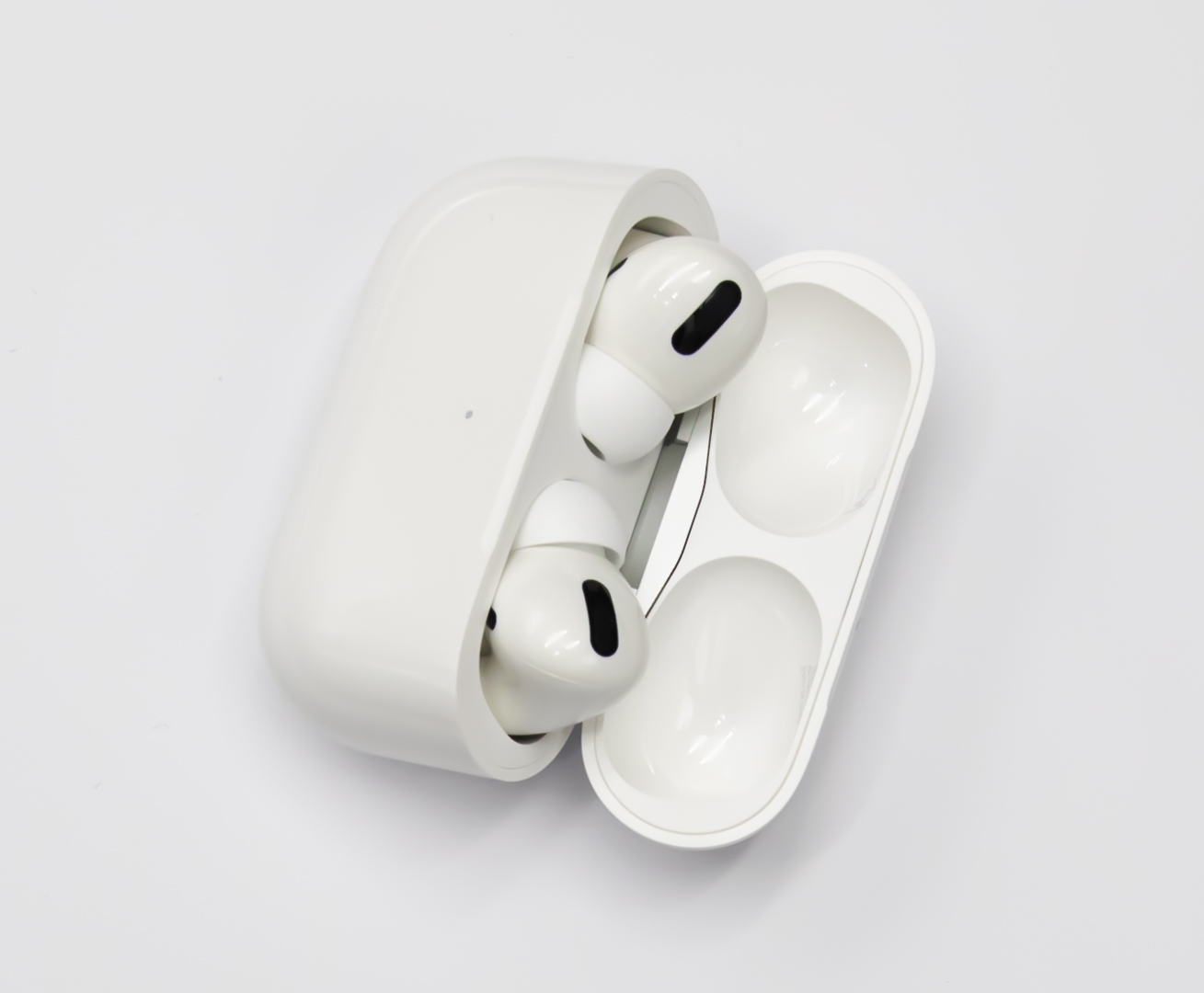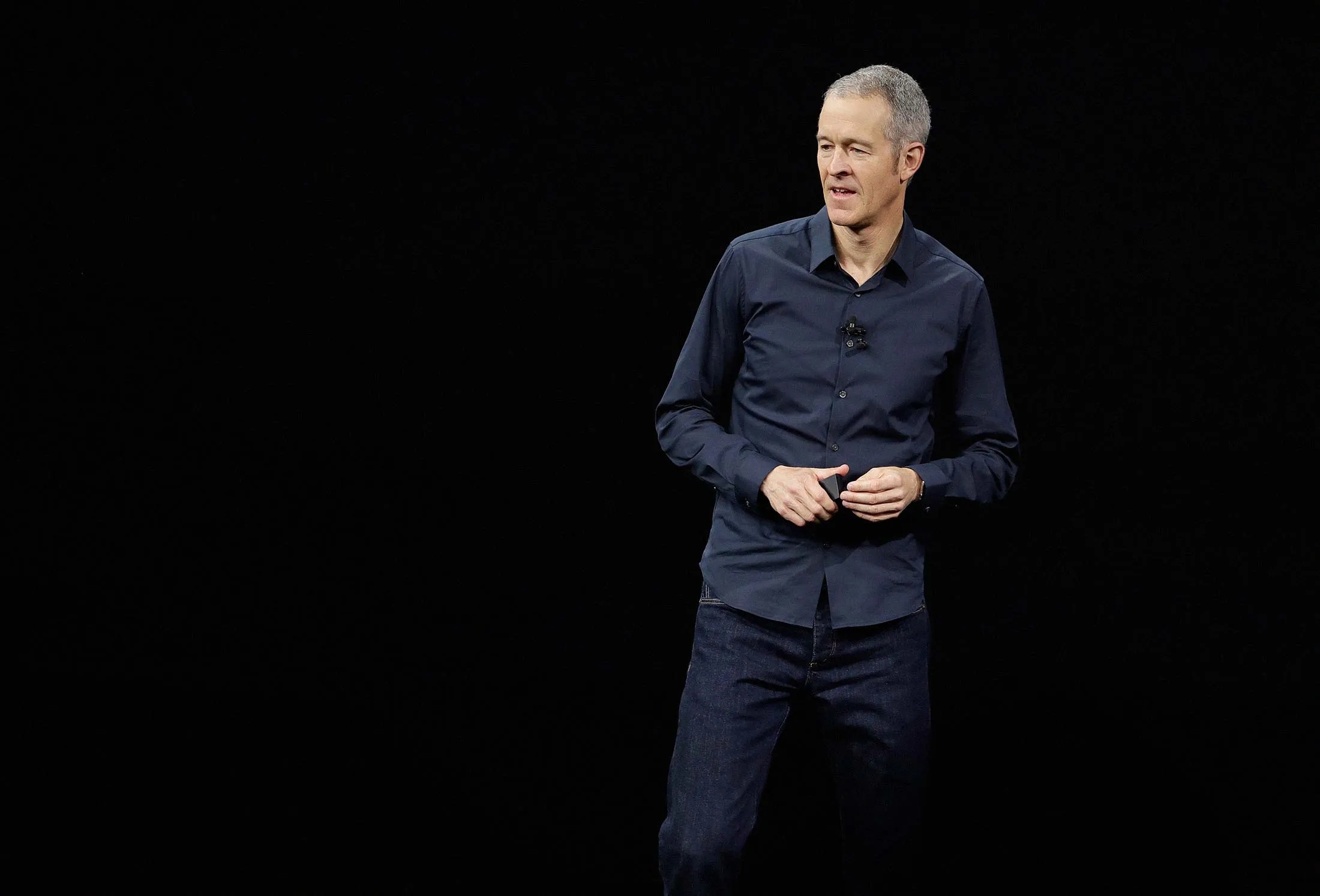OpenAI’s new AI image-generation tool, 4o, has caused a mix of outrage and excitement in the tech world. The tool is a very smart upgrade available to subscribers of the paid, pro version of ChatGPT. Meanwhile, on other platforms like TikTok, it’s been going super viral for creating Studio Ghibli styled images. Users are in agreement with 4o in that its image-rendering capabilities are phenomenal. Its quality and stylistic fidelity exceed even that of its predecessor, DALL-E 3. Yet this technological advancement has fueled controversy as copyright infringement arguments and uneven policy implementation continue to stoke the fires of dispute.
The Rise of 4o
The release of 4o is a substantial step forward for OpenAI’s image-generating capabilities. The free version of ChatGPT now runs on DALL-E 3, but restricts certain content requests per policy guidelines. 4o removes those limits and allows users to generate beautiful Ghibli-style artistry. The unevenness in content approval has raised a lot of worry. That point is made pretty clearly in its illustration of the disparity in copyright policy enforcement between tools. While OpenAI’s intention behind this disparity remains unclear, the tool’s enhanced capabilities are likely to draw more users toward the paid subscription model.
Copyright Concerns and Policy Inconsistencies
4o’s impressive technical feat of imitating Studio Ghibli’s whimsical style has caused a war. As Americans dig into the details, discussion has moved quickly to the implications for IP rights. We at OpenAI take seriously the protection of living artists’ works. The reality is showing several gray areas in democracy policy implementation, including about what constitutes wider footprints of studio styles. OpenAI has not responded to confirm whether this is a planned policy change or a bug in the system. This lack of certainty adds to the concern surrounding the tool’s possible legal ramifications. OpenAI and Studio Ghibli have failed to respond to these criticisms. As such, artists and artworld professionals must now guess on the long-term fate of AI-generated art.
User Attraction and Market Impact
Even with all the attached controversy, 4o’s cutting-edge image-generation capabilities makes it a more attractive draw for new subscribers. The opportunity to produce beautiful, stylistically authentic images is just too hard to resist. This will encourage more users to switch to ChatGPT paid version. Such a change would likely give the advantage to OpenAI’s market competitors. The platform continues to evolve in response to user needs and emerging technology, allowing the company to stay a step ahead. The discussion surrounding AI-generated art and copyright is quickly intensifying. OpenAI should expect a great deal of scrutiny as it traverses these complicated issues.
Author’s Opinion
While OpenAI’s 4o tool is a remarkable leap forward in AI image generation, the controversy surrounding its use of copyrighted styles, particularly Studio Ghibli’s, poses serious challenges. The company needs to address the legal concerns about copyright infringement and clarify its policies to prevent further backlash from the art world and its competitors.


